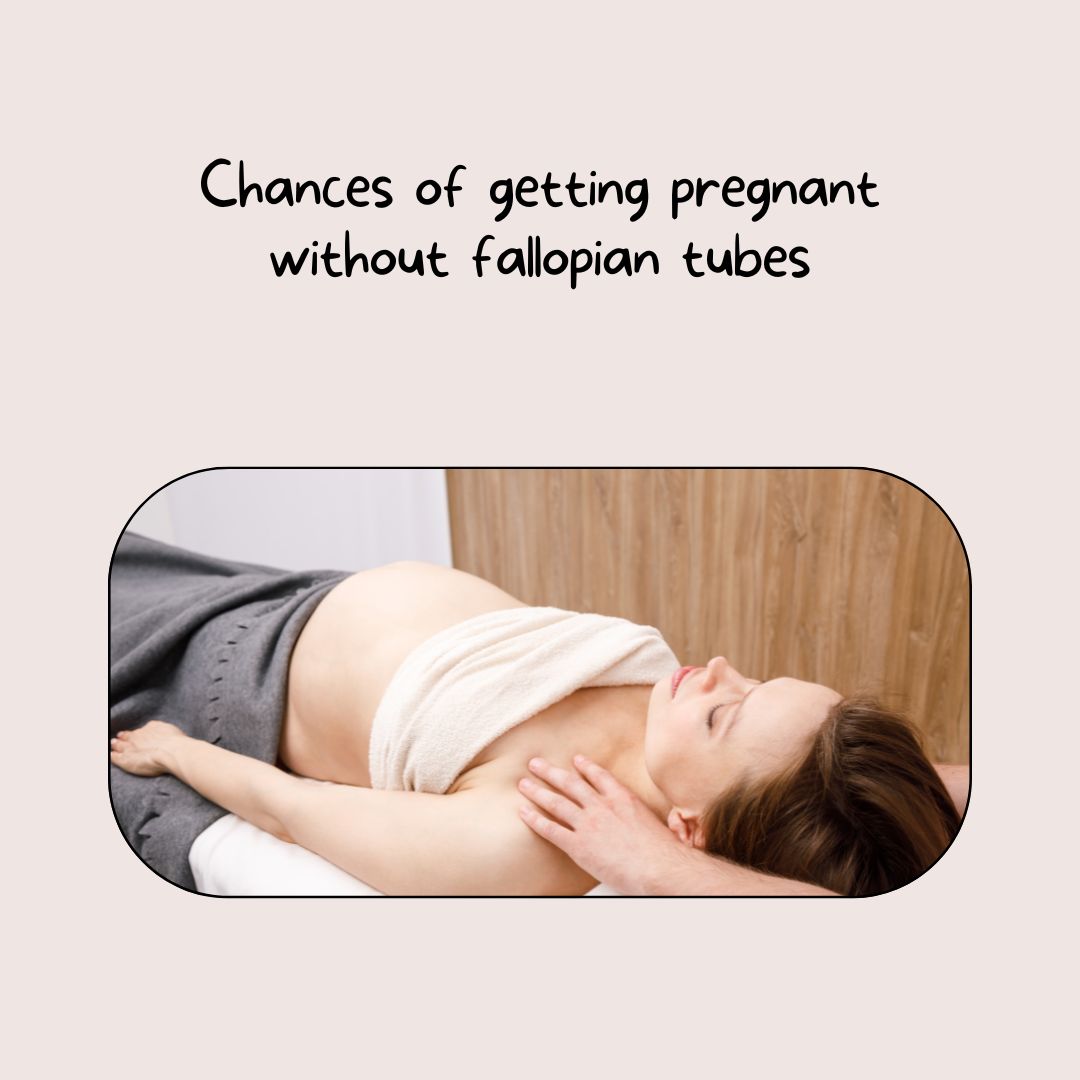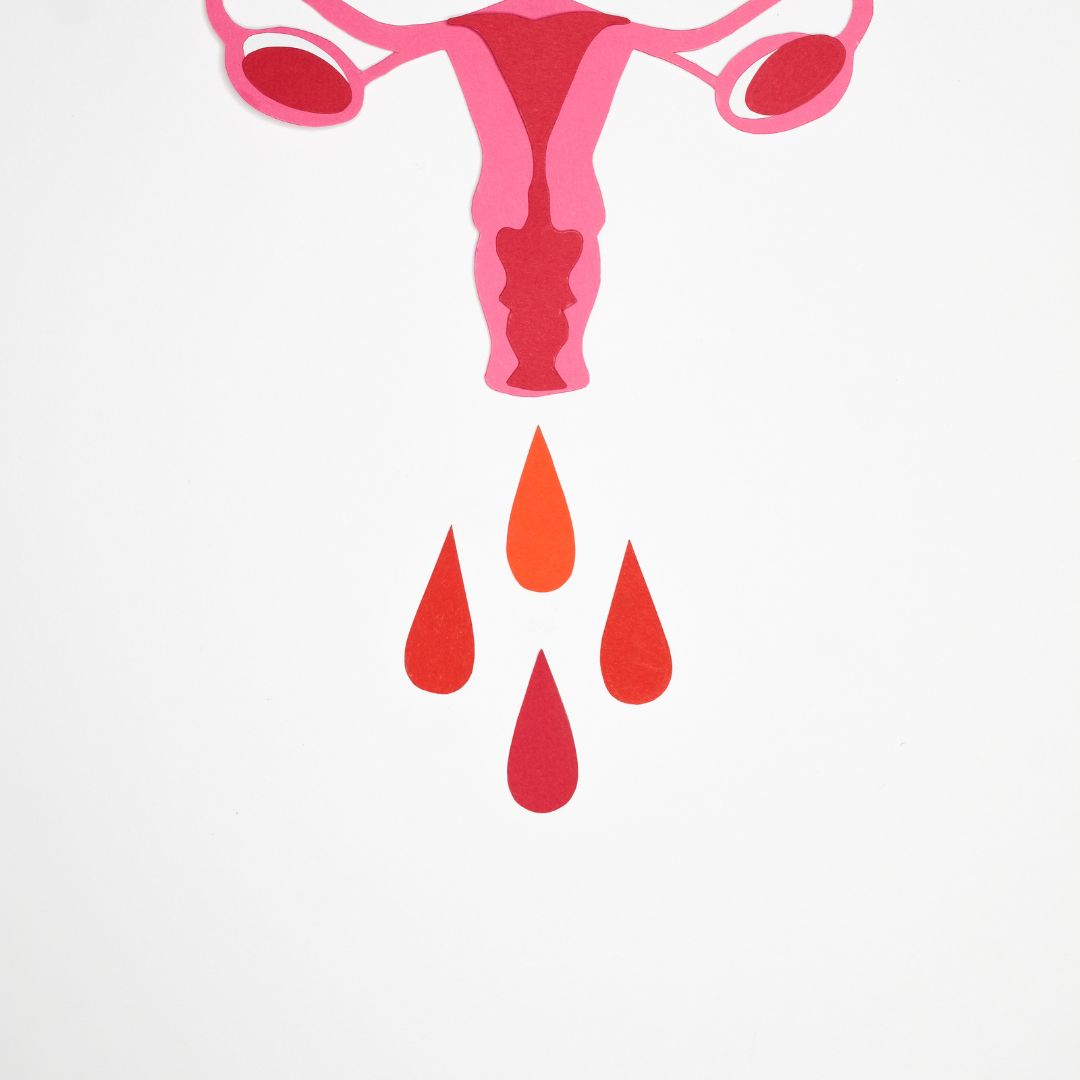Chances of getting pregnant without fallopian tubes

Chances of getting pregnant without fallopian tubes: Fallopian tubes play a crucial role in conception. These tubes are responsible for carrying the egg from the ovary to the uterus, where fertilization occurs. However, in some cases, women may have to undergo fallopian tube removal surgery due to various reasons. This article aims to explore the chances of getting pregnant without fallopian tubes and the different options available for women in this situation.
Understanding Fallopian Tubes
Anatomy of the female reproductive system
The female reproductive system consists of the ovaries, fallopian tubes, uterus, and vagina. The fallopian tubes are two thin tubes that extend from the uterus to the ovaries.

Functions of fallopian tubes in Conception
Fallopian tubes play a vital role in conception as they transport the egg from the ovary to the uterus. The tubes are lined with tiny hair-like structures called cilia that help move the egg toward the uterus. It is in the fallopian tube where the egg may be fertilized by sperm.

How the egg travels from the ovary to the uterus:
After ovulation, the egg is released from the ovary and travels through the fallopian tube toward the uterus. The egg will either be fertilized by a sperm in the fallopian tube or pass through to the uterus, where it will be expelled during menstruation if it remains unfertilized.
Fallopian Tube Removal
Reasons for fallopian tube removal
There are several reasons why a woman may need to have her fallopian tubes removed. These include ectopic pregnancy, severe pelvic inflammatory disease (PID), endometriosis, or cancer.
Different types of fallopian tube removal procedures:
There are two main types of fallopian tube removal procedures – salpingectomy and salpingostomy. Salpingectomy is the complete removal of one or both fallopian tubes, while salpingostomy involves opening the tube to remove the pregnancy, leaving the tube intact.
How fallopian tube removal affects fertility?
Fallopian tube removal may affect fertility as it prevents the egg from traveling to the uterus. However, the remaining ovary can still release eggs, which may be fertilized in the uterus through assisted reproductive techniques.

Chances of Getting Pregnant Without Fallopian Tubes
Can women get pregnant without fallopian tubes?
Yes, women can get pregnant without fallopian tubes. The egg can be fertilized through assisted reproductive techniques, such as in vitro fertilization (IVF).
Factors that affect the chances of getting pregnant without fallopian tubes:
The chances of getting pregnant without fallopian tubes vary depending on various factors such as age, underlying medical conditions, and the type of assisted reproductive technique used.
How age affects the chances of getting pregnant without fallopian tubes:
Age is a significant factor in the success of assisted reproductive techniques. The younger the woman, the higher the chances of success in conceiving a child using these techniques.
Assisted Reproductive Techniques
In vitro fertilization (IVF) and how it works:
IVF is a procedure where the egg is fertilized by sperm outside the body and then transferred to the uterus. The procedure involves several steps, including ovarian stimulation, egg retrieval, fertilization, and embryo transfer.
Pre-IVF tests and procedures:
Before undergoing IVF, a woman will need to undergo several tests and procedures to determine her fertility status. These may include a physical examination, blood tests, and imaging tests.
For women who have had their fallopian tubes removed, assisted reproductive techniques can offer a chance to conceive. In vitro fertilization (IVF) is the most common assisted reproductive technique and has been successful for many women without fallopian tubes.
IVF involves the fertilization of eggs outside the body, in a laboratory setting. Once the eggs have been fertilized, they are transferred to the uterus, where they can develop into a viable pregnancy.
Before undergoing IVF, women without fallopian tubes will typically need to undergo several tests and procedures to assess their fertility and ensure that their uterus is healthy and able to support a pregnancy. This may include blood tests, ultrasound exams, and a hysteroscopy to evaluate the uterus.
The success rates of IVF for women without fallopian tubes vary depending on several factors, including the woman’s age, the quality of her eggs, and the health of her uterus. However, IVF has been successful for many women without fallopian tubes, with some studies reporting success rates of over 50%.
While IVF can be expensive, there are options available to make it more affordable, including insurance coverage, financing options, and grants from fertility organizations.
Other Options for Starting a Family
Adoption and foster care are options for women who are unable to conceive naturally or through assisted reproductive techniques. These options offer the opportunity to provide a loving home for a child in need and can be a rewarding way to start a family.
Surrogacy and gestational carriers are also options for women without fallopian tubes. Surrogacy involves using a surrogate mother to carry the pregnancy, while gestational carriers involve using a donated egg and sperm to create an embryo, which is then carried by the gestational carrier.
Sperm donation is another option for starting a family for women without fallopian tubes. Donor sperm can be used in conjunction with assisted reproductive techniques or with natural conception, using intrauterine insemination (IUI).
Coping with the Emotional Impact of Fallopian Tube Removal
Losing the ability to conceive naturally can be a challenging and emotional experience for many women. Coping with the loss of fallopian tubes may involve grieving, seeking support from loved ones, and exploring therapy and counseling options.
Support groups for women with infertility or those who have experienced pregnancy loss can be a helpful resource for coping with the emotional impact of fallopian tube removal. Therapy and counseling can also be beneficial for women struggling with grief, anxiety, or depression related to infertility.
Natural pregnancy without fallopian tubes
Natural pregnancy without fallopian tubes is a medical condition that affects women who have undergone the surgical removal of their fallopian tubes due to various reasons. Without Fallopian, these individuals may face difficulty conceiving naturally as the egg released by the ovaries cannot meet with sperm for fertilization. However, advancements in modern medicine have provided alternatives such as in vitro fertilization (IVF) and intrauterine insemination (IUI) which can help overcome this issue. These procedures involve retrieving eggs from the ovaries and combining them with sperm outside of the body before transferring them into the uterus for implantation. Despite not having Fallopian tubes, there are still ways for women to conceive and enjoy parenthood if they so desire. It is important to discuss all available options with a healthcare provider to determine which method is best suited for each individual’s unique circumstances and preferences.
Conclusion
In conclusion, the loss of fallopian tubes can have a significant impact on a woman’s ability to conceive naturally. However, there are options available for starting a family, including assisted reproductive techniques, adoption, and surrogacy.
It is important for women who have had their fallopian tubes removed to seek medical advice and explore all options for starting a family. Coping with the emotional impact of fallopian tube removal may involve seeking support from loved ones and exploring therapy and counseling options.
Remember, there is hope for starting a family even after the loss of fallopian tubes. By exploring all options and seeking support when needed, women can find a path forward and build the family of their dreams.
4 Comments